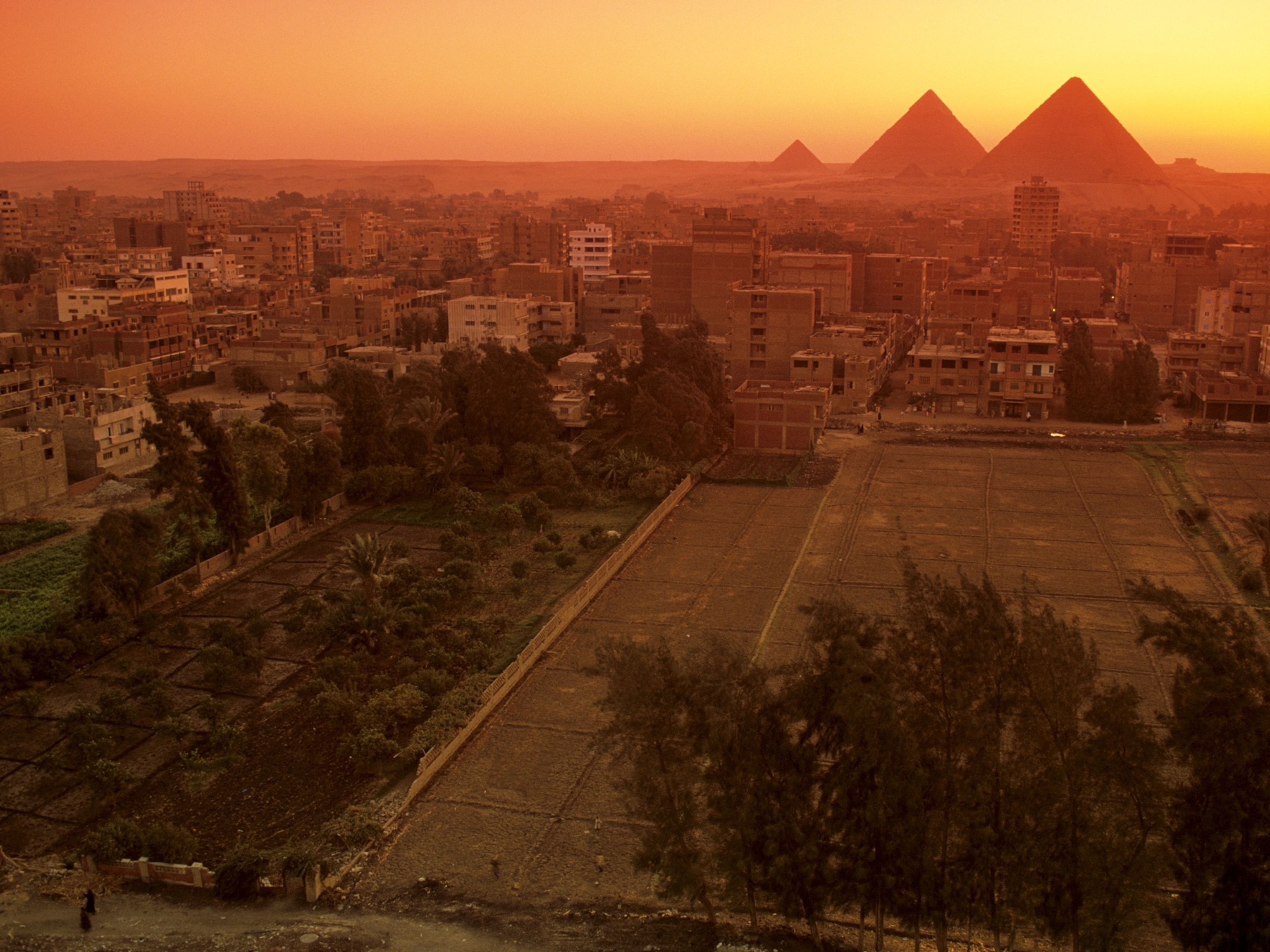
Howard Carter: "Miraculous," Misunderstood Man Behind Google's Doodle
Find out why the "miraculous," misunderstood archaeologist who found King Tut's ancient tomb is being honored today in a modern way.
Around the world Wednesday, searchers were stumbling upon a gilt- and sepia-toned artifact of the Internet age—a Google doodle heralding the 138th birthday of Howard Carter, the British archaeologist who discovered the ancient Egyptian tomb of Pharaoh Tutankhamun in 1922.
The King Tut find brought Carter overnight—and lasting—fame, but it was anything but a stroke of luck, experts say.
When talking about the tomb discovery, "everyone likes to use the phrase 'stumble upon,' and that always ticks me off a little bit," said Yale University Egyptologist John Darnell.
Carter spent decades as an archaeological excavator exploring burial sites in ancient Thebes (now Luxor) before finding the roughly 3,000-year-old resting place of Tutankhamen, Darnell pointed out. (Take an interactive tour of Tut's tomb.)
"Carter found [the tomb] in a methodical way ... He did all the necessary background work," he added. "He didn't simply look for the door of a tomb, but rather he went at it in a way that we would probably characterize today as a form of landscape archaeology.
"Carter really worked himself into the lives of ancient Egyptian necropolis workmen. He knew the hills, he knew the paths, he knew what happened when rainstorms hit the area"—allowing him to identify the most likely sites for finding long-buried tombs.
The Miraculous Marvels of Howard Carter
Howard Carter was meticulous in his methodology, agreed Egyptologist David Silverman. "I think he did miraculously," he said, adding that modern archaeologists are still benefiting from Carter's rigor.
Carter not only had all of the 5,000-plus artifacts in King Tut's tomb photographed, he also used his training as an artist to sketch them. He knew that "photographs don't always tell everything," said Silverman, of the University of Pennsylvania.
Still, Yale's Darnell said, "I believe that some people have periodically made suggestions that Carter didn't do this or that as carefully as he might"—for example, when Tut's mummy, stuck to its sarcophagus by hardened resins and newly vulnerable to looters, refused to budge.
"No amount of legitimate force could move [the resins]," Carter wrote in his book The Tomb of Tutankhamun. "What was to be done?"
Carter exposed Tut's mummy to the desert sun in an effort to melt the resins. When that failed, he cut the corpse free.
"The mummy is in very bad condition because of what Carter did in the 1920s," archaeologist Zahi Hawass, then head of Egypt's antiquities ministry, told National Geographic magazine in 2005. (See pictures from "King Tut Revealed," National Geographic's report on modern technology's insights into the pharaoh's biology.)
Even so, Yale's Darnell said, "Carter did an incredible job.
"I think the real marvel of Carter is that, in spite of how moved he was by the whole experience, he was able to control himself and go at it in a very methodical way. ... Nothing could be more antithetical to plundering."
Penn's Silverman, though, said that if Carter had made his famous discovery today, he might have been a little more careful with the physical evidence because of all of the medical technologies—such as CT scans, MRIs, and DNA studies—now available to archaeologists now.
"That's one of the few places we might second-guess him," Silverman said.
(Related: "King Tut Mysteries Solved: Was Disabled, Malarial, and Inbred.")
Carter a Fine "Collection of Curses"
When news of the Tutankhamun tomb's discovery spread, Howard Carter became a global celebrity.
"I think he handled the fame very well," Silverman said. "The most difficult thing that he struggled with was what to do after ... I think that may have plagued him."
Carter did work on other tomb excavations afterward, but nothing compared to his 1922 find. Among his regrets were that he eventually became too ill with cancer to finish his full account of the tomb's discovery, according to Yale's Darnell.
"He did an incredible three-volume initial publication of the material," Darnell added, "but he never got to publish [all] those incredible notes and drawings that he made."
Carter died of cancer in 1939, but he never believed his sickness was due to the so-called mummy's curse, or the Curse of the Pharaohs, a supposed death sentence for anyone who disturbed the sleep of Egypt's ancient rulers. "He knew it was a made-up curse," Silverman said—albeit one boosted by the death of Carter's British benefactor, Lord Carnarvon, shortly after the opening of Tut's tomb.
"Mr. Carter himself, however, was the best refutation of the curse," the New York Times pointed out in its obituary of Carter.
"Afflicted with bad health from his youth, he spent nearly fifty years in Egypt searching for and exploring the ruins of the tombs of Pharaohs and must have been subject to the finest collection of Egyptian curses in existence."





